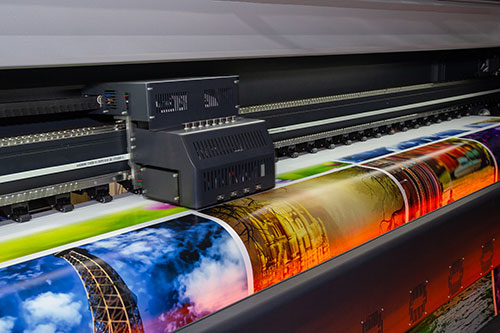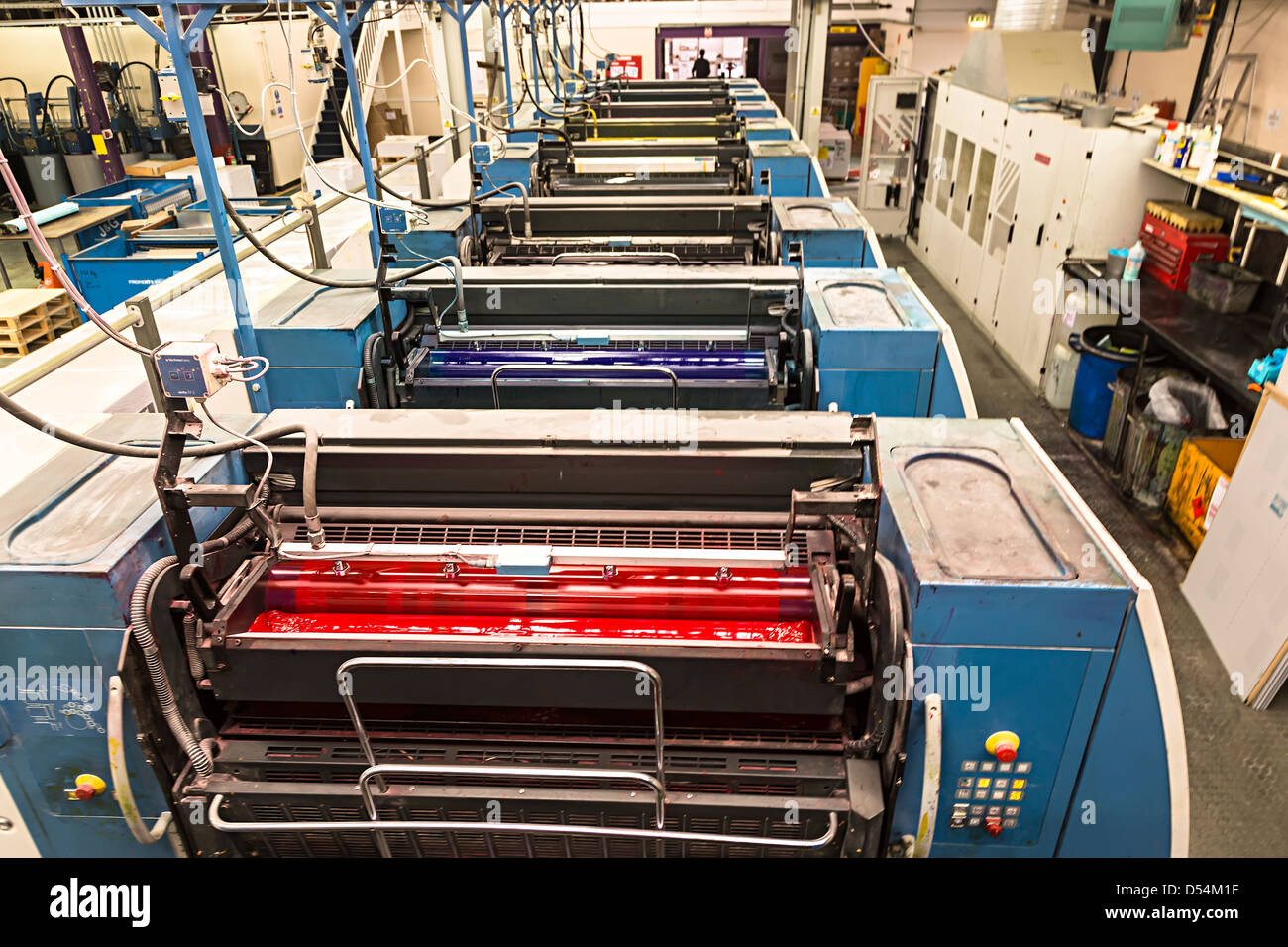Why litho printing Is Perfect for High-Volume Print Runs
Why litho printing Is Perfect for High-Volume Print Runs
Blog Article
A Comprehensive Guide to Comprehending Litho Printing Methods
The globe of litho printing, a strategy originating from the late 18th century, is an interesting blend of history, art, scientific research and innovation. This detailed overview will decipher the intricacies of this printing method, from the composition of litho inks to the challenges faced in modern-day applications. As we venture into the ins and outs of lithography, the relevance of automation and sustainability in ensuring its future relevance ends up being significantly clear. Stay with us as we trip into the fascinating world of litho printing.
The Historic Development of Litho Printing
The historic trajectory of litho printing, a pivotal advancement in the realm of communication, is a captivating tale of human resourcefulness. The process evolved with the development of the rotating press, which substantially boosted efficiency. Each phase of litho printing's development showcases humanity's ruthless search of performance and quality in aesthetic interaction.
Deciphering the Science Behind Litho Printing Inks
Moving on in the expedition of litho printing techniques, the focus now shifts to the scientific research behind litho printing inks. The make-up of these inks, their drying process, and color mixing methods develop the foundation of this complicated art form. Recognizing these aspects is essential to mastering the craft and accomplishing the preferred print results.
Structure of Litho Inks
In lithographic printing, the essential role of litho inks can not be overstated. Pigments, the color-providing aspects, are carefully ground fragments suspended in the lorry, a liquid that carries the pigment onto the printing surface. Each part plays a vital component in the final print's quality, making the specific solution of litho inks an intricate science.
Ink Drying Process
From the make-up of litho inks, attention transforms to the fascinating procedure of ink drying. The drying procedure is critical, as it affects the final print's high quality and longevity. Two main approaches are utilized in litho printing: oxidative drying and absorption. Oxidative drying out includes the ink responding with oxygen airborne to form a hard, completely dry film. This approach offers a long lasting finish, yet can be slower compared to absorption. Absorption, on the other hand, includes the ink seeping into the paper fibers, which is a faster procedure however can lead to less lively shades. The choice in between these methods is reliant upon factors such as print speed demands, the paper kind used, and the wanted surface.
Shade Mixing Methods
While the drying process plays an essential duty in litho printing, the science of color mixing techniques holds equal relevance. The science behind litho printing inks also takes into account the openness of the ink, which affects just how shades overlay and mix.
The Art and Style Elements in Litho Printing
Litho printing breathes life into art and layout through its unique components. The process involves creating a picture on a lithographic limestone plate or steel plate with a smooth surface area. The image is then published onto a medium, normally paper, by transferring the ink from home plate. What sets litho publishing apart is its capacity to duplicate intricate layouts with high fidelity, making the outcome virtually the same to the initial art work. This is accomplished through using various line techniques such as stippling, cross-hatching, and hatching, which enable a variety of tonal results. In addition, litho printing suits a range of shades, enabling artists to develop dynamic and vivid prints. This mix of accuracy and flexibility makes litho printing a preferred selection for numerous artists and developers.
Modern Applications of Litho Printing Methods
Litho printing methods have actually found substantial use in the modern commercial industry. Its influence and importance remain to expand with the arrival of new technologies and innovations in the field. This section will discover these modern applications and the transformative function they play in the printing market.
Business Litho Printing Uses
In today's digital age, one could wonder regarding the significance of traditional printing approaches. Litho printing stays an essential part of the industrial field. High-volume printing tasks, such as the manufacturing of publications, newspapers, and packaging, count on litho printing for its capability to supply superior image top quality and price effectiveness. The process, which includes transferring an inked image from a plate onto a rubber covering and after that to the printing surface area, supplies unmatched uniformity. This makes it excellent for work needing a big print run. Litho printing additionally supplies a wide color range, exceptional to that of electronic printing. This makes it the best option for projects that require dynamic, top notch shade recreation.
Innovations in Litho Printing
Pressing the limits of typical methods, modern innovations have actually fueled a host of innovations in litho printing. These breakthroughs have not only improved the high quality and performance of litho prints yet additionally expanded its application scope. One popular development is digital litho printing, which incorporates the virtues of electronic technology with litho's top quality outcome. This hybrid model uses faster configuration times, reduced waste, and makes it possible view it for on-demand printing. One more remarkable innovation is the introduction of eco-friendly inks. These inks, made from vegetable or soy-based remedies, have actually considerably decreased the market's environmental effect. litho printing. In addition, the advancement of advanced plate technology has structured the printing process, leading to sharper images and boosted shade integrity. These technologies highlight the enduring relevance of litho printing in the modern-day globe.
Discovering the Process of Litho Printing: Detailed

Challenges and Solutions in Contemporary Litho Printing

Regardless of the precision and tradition that litho printing happily maintains, it is not without its set of modern difficulties. One of the most prevalent concerns consist of the high preliminary setup price, difficulty in printing variable information, and ecological problems because of chemical usage. Nevertheless, options are arising as innovation develops. Digital litho printing permits economical short runs and very easy modification, resolving the concern of variable information. Environmentally-friendly inks and safer plate-making procedures alleviate environmental concerns. Additionally, improvements in see post automation have decreased labor expenses, even more democratizing the lithography process. Therefore, while there are obstacles, the litho printing industry is proactively adjusting to meet them head-on, ensuring its significance in the future.
Verdict
In verdict, litho printing, with its abundant history and clinical complexities, holds a significant location in the print industry. The future of litho printing pivots on its ability to adjust to these altering demands, verifying its long-lasting worth in a developing market.

Report this page